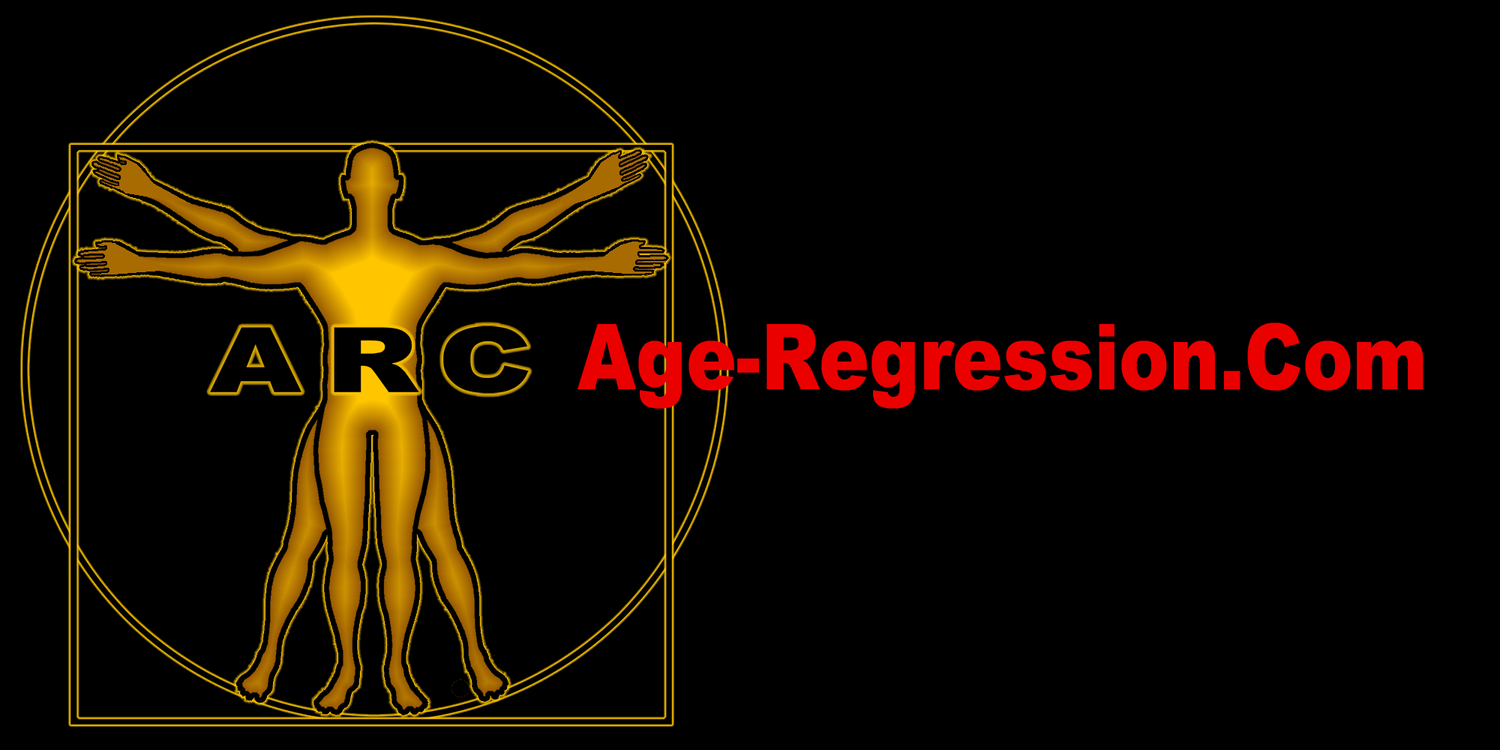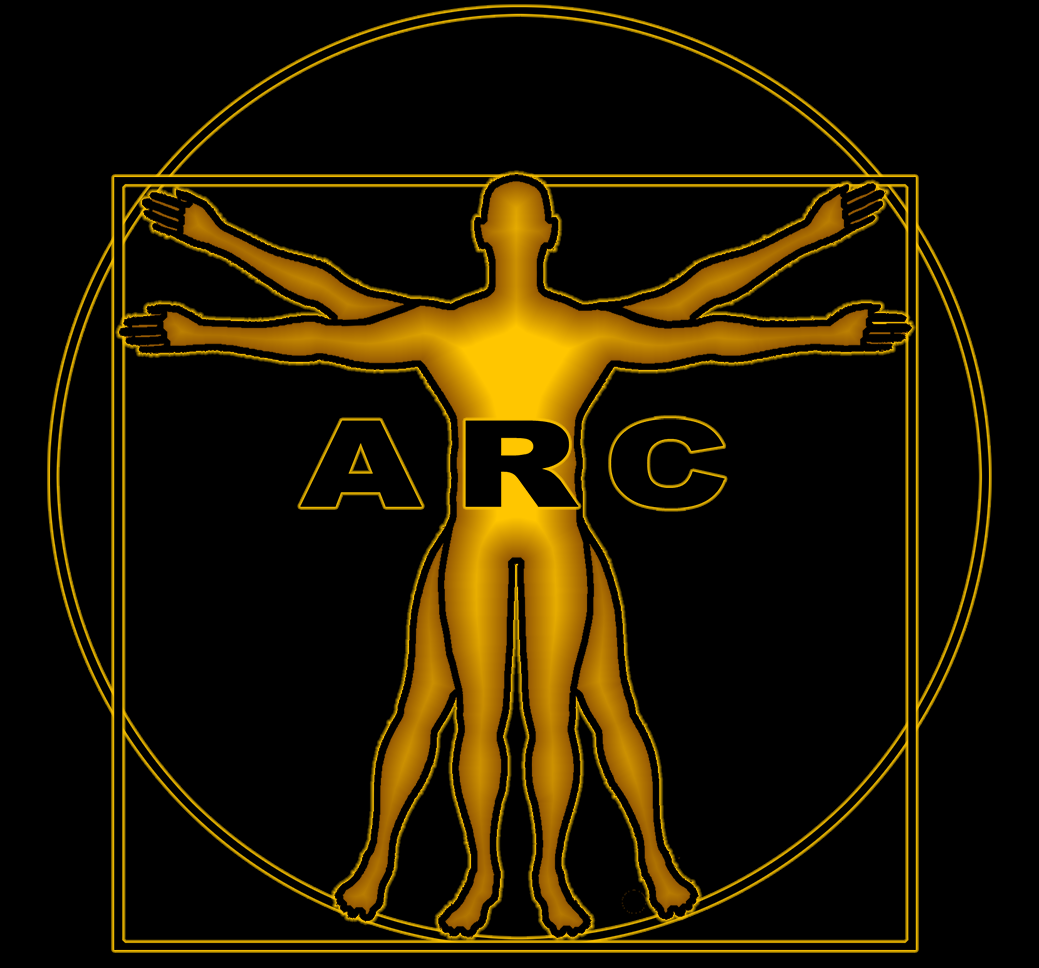
BIOMARKER MONITORING PROTOCOLS
We have divided our recommendations for clinical and laboratory monitoring into three sections:
Click [√] to Enlarge
1) Basic Monitoring Protocol (BMP)
Designed to provide you with an inexpensive, minimal set of bio-markers that will effectively accomplish the goal of determining if your current interventions are actually regressing you BASP.
2) Advanced Monitoring Protocol (AMP)
Provides you with more accurate and insightful feedback with a higher associated cost.
3) Epigenetic Monitoring Protocol (EMP)
Provides a specific “age,” number that will be closely and accurately associated with your current biological age set point (BASP).
◉ The graphic on the right provides an optimal overview of best practices for obtaining BASP.
◉ Each marker has a dedicated page describing its relevance to your biological age set point (BASP) Including availability and cost. Where available links to rescources are also provided.
◉ An excellent article: “Ranking Biomarkers of Aging by Citation Profiling and Effort Scoring,” ranks markers by their relevance to biological / psychological age, cost and ease of access. We breakdown this information on the Biomarker Relevance page.
These “Protocols,” will be revised as the feed back from participants and emerging research refine them. The research that underpins these specific labs is provided in the last section below. We have attempted to design these levels of monitoring so that there is no overlap or redundancy between them. Everyone should be doing as a minimum the Basic Monitoring Protocol.
Basic Monitoring Protocol (BMP)
Described below in detail on this page.
Interval: Every three months
CLINICAL:
1) Height, 2) Weight, 3) Temperature, 4) Blood Pressure
5) Grip strength
6) Measurement around waist
7) A Self Evaluation of Your Quality of Life
Biometric:
8) Facial Image Age Analysis (FIAA)
Laboratory Draws:
9) Complete Blood Cell Count (CBC)
10) Comprehensive Metabolic Panel (CMP)
Advanced Monitoring Protocol (AMP)
See Dedicated Page
Epigenetic Monitoring Protocol (EMP)
See Dedicated Page
Basic Monitoring Protocol (BMP)
The criteria for selecting this minimum set of biomarkers was: 1) relevance to your BASP; 2) accessibility; and 3) cost. There are three categories in this core set and they include standard laboratory markers, biometrics, and a quality of life instrument.
1) Complete Blood Cell Count (CBC) / Comprehensive Metabolic Panel (CMP)*
There are now several sites that allow you to enter just a few marker results from current or past standard CBC and CMP into an online form and they will process those results through an AI algorithm, calculating your biological age or BASP. This is primarily accomplished by comparing your results to a database of historical results to determine where within that database your specific marker results resides.
If you have a regular checkup with your primary care physician, these laboratory markers are likely already available in your chart. Most states allow for Direct-Access-Testing (DAT) services. This allows you to contact Quest Diagnostics or Lab Corp directly and request most standard biological markers. DAT is not allowed in NY, NJ and RI, and require residents to obtain an prescription from a physician first.
*Also Known As: CMP, Chemistry 14, Chem 14, Chemistry Panel, and a Chemistry Screen.
Two Sources that provide Free Biological Age Analysis from Your Lab Markers:
Clicking this form takes you to the AgeLessRx Site and this online form.
Ageless RX provides multiple informational resources and is a commercial supplement company.
Deep Longevities Young.AI Application
Young.AI is a product/division of Deep Longevity. In 2020 Deep Longevity was founded as Insilico Medicine spin-off. Deep Longevity is the original inventor of the many technologies.
You can read more about Deep Longevity and their artificial intelligence tools allowing you to determine your BASP through there Young.AI application (here).
2) Free Age Recognition from a Facial Scan
You can obtain free, facial age scans from the fellowing sites:
3) A Self Evaluation of Your Quality of Life
Quality of life (QOL) is a broad multidimensional concept that usually includes subjective evaluations of both positive and negative aspects of life. This self assessment inventory lets the individual produce a digital evaluation of the changes in QOL at each incremental point in a study or evaluation period. The World Health Organization has also produced a 100 question, standardized QOL form that you can utilize as well.
Quality of life is all but impossible to quantify accross any age group or demographic. This is simply because quality of life is a matter of personal interpretation. The relationship between scores is highly relevant to substantiating improvements of your biological age set point. A direct correlation between biological markers and quality of life has been established by five biological clocks in somatic and mental health. [2] The authors conclude that the large effect sizes of the composite index and the low correlation between biological aging indicators suggest that one’s biological age is best reflected by combining aging measures from multiple cellular levels.
Dimensions of quality of life
◉ Physical function - for example, mobility, self-care
◉ Emotional function - for example, depression, anxiety
◉ Social function - for example, intimacy, social support,socialcontact
◉ Role performance - for example, work, housework
◉ Pain
◉ Other symptoms - for example, fatigue, nausea, disease specific symptoms






